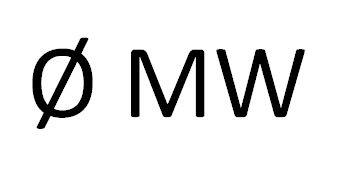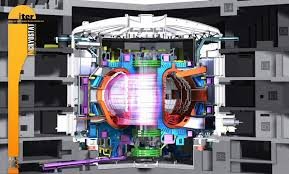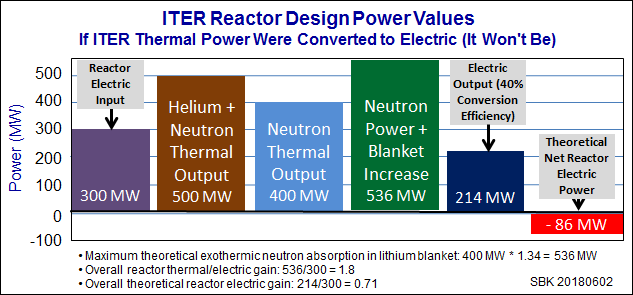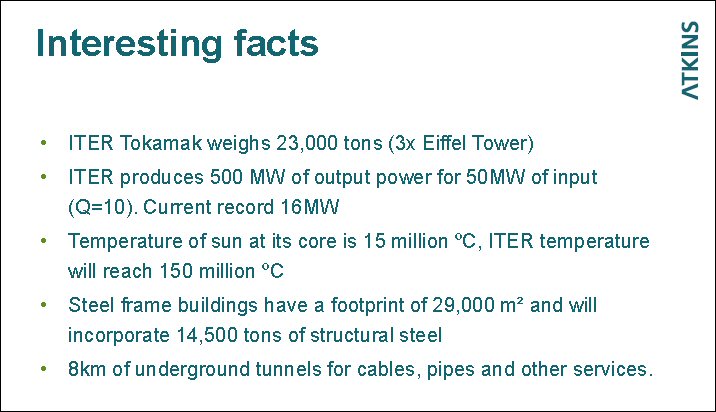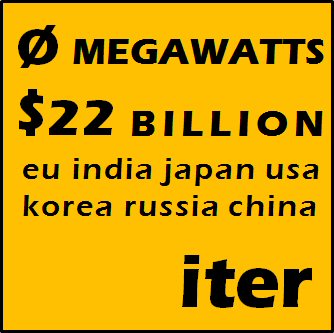 Feb. 10, 2019 – By Steven B. Krivit –
Feb. 10, 2019 – By Steven B. Krivit –
Wikipedia, although not the most authoritative encyclopedia reference, is almost always a reliable benchmark for public consensus and understanding. It therefore serves as an excellent indicator of how broadly the public was misled about the projected net power output of the International Thermonuclear Experimental Reactor (ITER). As a result of the impermanent nature of text on any Wikipedia page, in conjunction with the preservation and record of every edit that is made, the online encyclopedia can also serve as a time-correlated reflection of public consensus.
The false and misleading statements on Wikipedia were similar to those found in most news stories about ITER. They were similar to the false and misleading statements that were and still are on many documents and Web sites published by the European Commission, the European Parliament, the International Atomic Energy Association, and many other organizations.
The English, French, and Chinese Wikipedia ITER pages contained false claims that grossly exaggerated the projected net power output of ITER. The other Wikipedia ITER pages had less-significant errors. The most accurate Wikipedia ITER page was the German-language page. After I published “The ITER Power Amplification Myth,” in October 2017, I began making corrections, as shown below, to some of the Wikipedia ITER pages. Continue reading »


